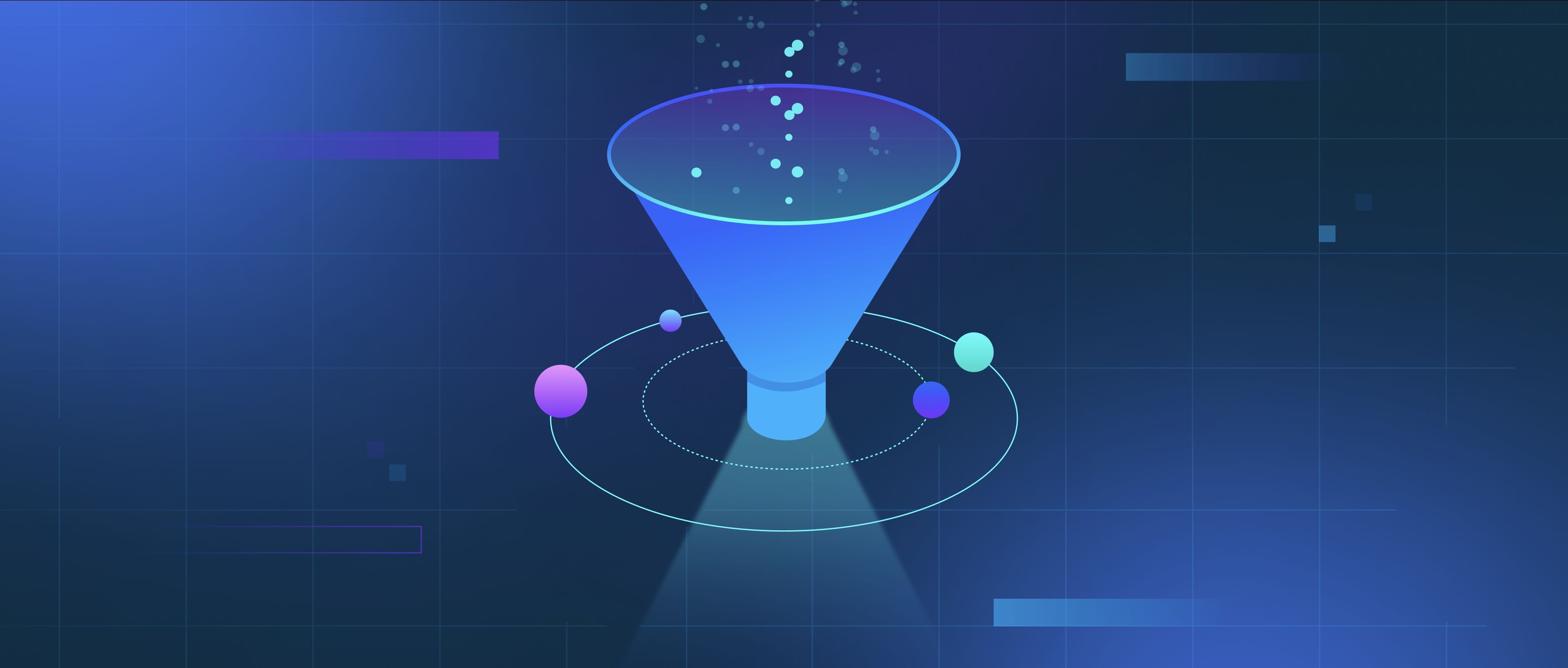A Reinforcement Learning (RL) system primarily consists of an agent, an environment, and a reward signal. The agent is the decision-making entity that interacts with the environment by taking actions based on its current state. For instance, in a game such as chess, the agent would be the player making moves. The environment is everything the agent interacts with. In the chess example, this would be the chessboard and the rules of the game that govern how pieces can move. Finally, the reward signal provides feedback to the agent about the quality of its actions. In our chess scenario, the reward might be winning the game or gaining material advantage, which helps the agent learn and improve its strategy over time.
Another essential component is the policy, which is a strategy that the agent employs to determine its actions based on the current state of the environment. Policies can be deterministic, where the same state always leads to the same action, or stochastic, where the action may vary even with the same state. For example, a self-driving car uses a policy to decide when to accelerate or brake based on its perception of the environment. The choice of policy is critical, as it guides the agent's behavior and influences how effectively it can learn from its experiences.
Lastly, the value function is crucial in RL systems because it estimates the expected future rewards of states or actions. This helps the agent prioritize its actions based on predicted long-term outcomes rather than immediate rewards alone. For instance, in a robotic arm learning to pick objects, the value function helps the robot evaluate the potential yields of reaching for a particular object versus another. By continuously updating the value function based on experiences and outcomes, the RL system can adapt its strategies for future interactions, ultimately leading to improved performance in complex tasks.
